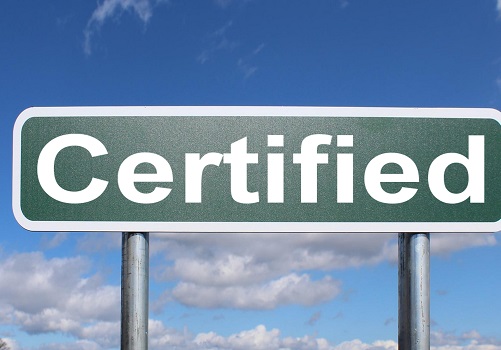With over 8500 businesses certified as B Corps around the world, the B Corp movement has established itself as the preeminent designation for businesses looking to demonstrate social and environmental impact. Touching upon all aspects of a business – from employee benefits to supply chain practices – B Corp certification is a major achievement. But it’s not an easy one. For starters, a business must attain a minimum assessment score of 80, ensure their corporate governance structure is accountable to all stakeholders, all the while demonstrating transparency.
Despite the oft-complex and time-consuming process involved, there are plenty of benefits to certification. For one thing, as a business leader you’re making a strong statement about the importance of ethics in your practices. You’re taking an important stand, promoting the idea that the global economy can be a force for good for people, communities and the planet. For another, certification helps build trust with customers, attract and retain employees and encourage socially responsible investors.
On a recent podcast episode, we spoke with Charlie Bronks, ESG lead at Crown Agents Banks and Alice Elliott of impact consultancy Junxion to learn about the Bank’s multi-layered certification process. For anyone looking to follow the same journey, these 5 steps – gleaned from that thoughtful conversation – can certainly help.
1. Conduct an assessment. Whether you’re undergoing the process on your own or have hired a consulting firm like Junxion to help, the first step is to explore a list of questions to gauge where you land on the 80-point threshold determined by B Lab (the entity that oversees B Corp certification). This helps you get a baseline score and determine the gaps. Some of the questions that Alice Elliott posed were focused on operations, the day-to-day impact, such as HR policies and environmental practices. Other questions were focused on the impact business model (IBM), exploring the type of model your business adopted and how you verify social and environmental impact. Once you’ve answered those questions, ask yourself one more: How far are you from that baseline? Where do the gaps lie?
2. Create an improvement plan. Now that you have a sense of the gap(s), you can determine where your focus should be and what, realistically, it will take to reach that threshold. The questions now become: What processes need to be put in place? What data are you missing? Who do you need to reach out to? Keep in mind, working with staff and partners with knowledge of these matters is invaluable to achieving the next steps efficiently.
3. Ensure senior-level support. To accomplish this challenging process, everyone – from the top to the bottom – must be on board. Senior-level support is particularly important to move the puck past the goal line. Whether you will need their input or simply their encouragement, you need to feel confident that they will make this process a priority.
4. Engage with all levels of stakeholders. Similar to the importance of securing buy-in from senior staff, be sure your stakeholders are on board. As Charlie Bronks stated, “If it’s you as a lone voice, don’t do it.” Have conversations with every stakeholder about the importance of certification, the many benefits it offers, and how it aligns with your company’s values. If they’re on board, they’ll invest in the process.
5. Maintain agility. There is tremendous value in remaining flexible throughout the B Corp certification process. “Go with the flow,” shares Bronks. But don’t underestimate the effort required, she cautions. In fact, if you don’t have the time to dedicate to the process and cannot pursue it with agility, think again before jumping into the certification journey.
BONUS Tip: “Make sure to work with a knowledgeable partner (if you’re not pursuing certification on your own),” advises Bronks. “Junxion was enormously helpful in the guidance process.” Good help is hard to find, after all!
To listen to the entire podcast discussion, where we explore the certification process, its challenges and lessons learned, click here

